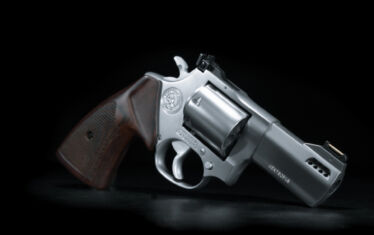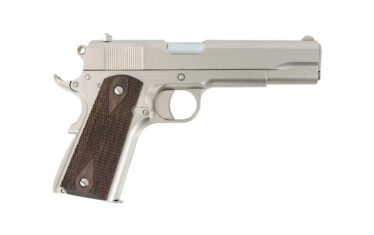Many black and white photographs from the Old West reveal dapper cowboys, brushed off and washed up for a night on the town and a rare photo opportunity. You may notice them wearing their revolver butt forward in a cross draw holster.
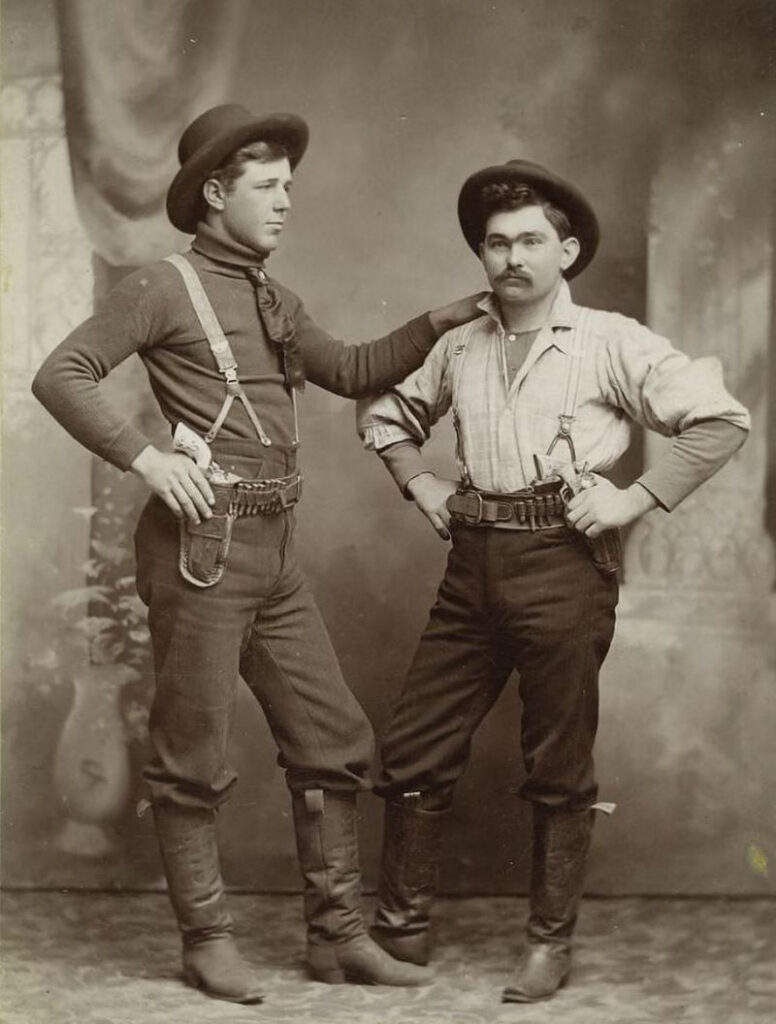
Prior to 1900 or so we also see many pictures of lawmen wearing their sixguns this way, facing the grip forward with the gun riding in a vertical position on the cartridge belt, either in appropriately canted cross draw holsters or simply in holsters moved over to the opposite side hip. I expect the main reason for cross draw proliferation during that time period was the preferred method of travel, via horseback.
I’ve often wondered if all those cow punchers in the old pictures really wore their guns that way, or if they slid them around to make sure their handgun was visible in the photo. Holsters with the appropriate cant — raising the barrel out a bit and dropping the gun’s grip, making it more accessible for the shooting hand — were certainly worn that way. Some might have been just for the camera.
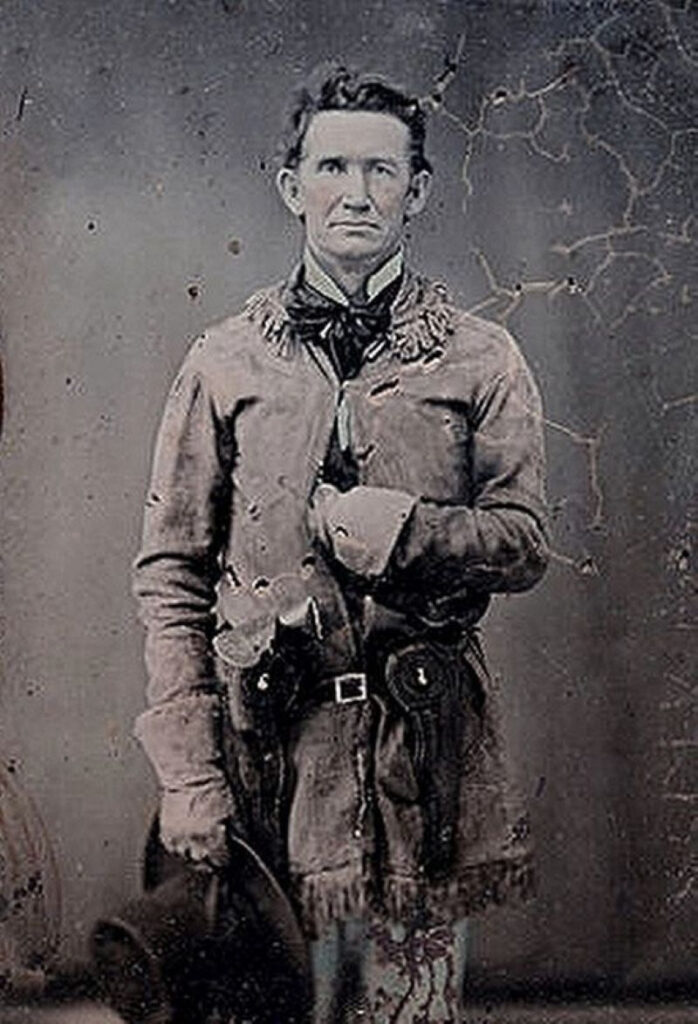
No matter, the cross draw holster is a good way of carrying a handgun in many instances, as we will see. For one, it helps keep the gun out of the way to an extent, especially when worn forward of the hipbone. Yet, the handgun is readily available should it be needed.
Cross Draw: The Outdoorsman’s Option
For many hunters and outdoorsmen, the cross draw holster is a top option for the same reasons that the cowboys chose it, out-of-the-way-accessibility. This is especially true with long-barreled handguns. The holster helps keep the long barrels from touching whatever we are sitting on, be it the ground, a boulder, a log, an ATV, or aboard a saddle on a good horse.
A handgun worn in a cross draw rig is also clear of a rifle being carried by a sling over the strong-side shoulder. Hunters and hikers wearing backpacks or pack frames might find the cross draw works in their favor as well.
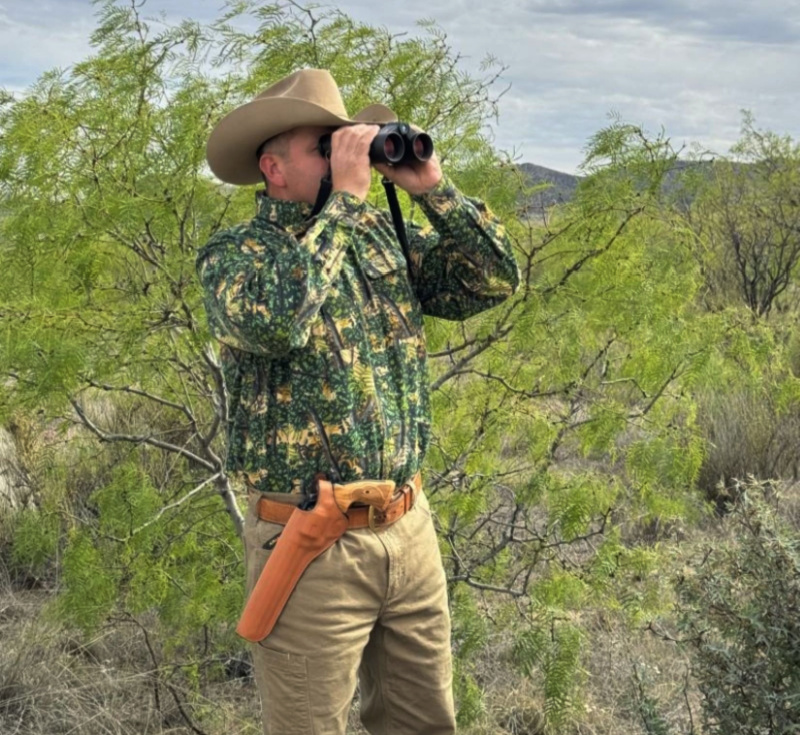
One special note for the outdoorsman regarding any holster: Pay close attention if your holster is open-ended, meaning not completely sewn together at the muzzle or enclosed by a leather plug sewn in the bottom of the holster.
Make sure you don’t stick your barrel in the dirt or mud or anything else for that matter. For some it might sound far-fetched, but hunters will understand how easily this can happen. And for holsters with closed ends, check them for debris after each use to discard any leaves and tiny pieces of limbs that inevitably find their way in here.
The Cross Draw Option for Personal Defense
For personal defense, the cross draw has merits, especially if a lot of sitting or driving is to be done. This option makes the handgun more accessible without having to lean forward to draw. Some will find that cross-draw carry is more comfortable in these situations, especially those with previous back injuries who avoid, as much as possible, placing anything behind the hip bones and towards the center of the back while seated.
There is also some advantage to the ease that a handgun, particularly one with a barrel of four inches or less, can easily be concealed with a vest, jacket, or even an untucked shirt.
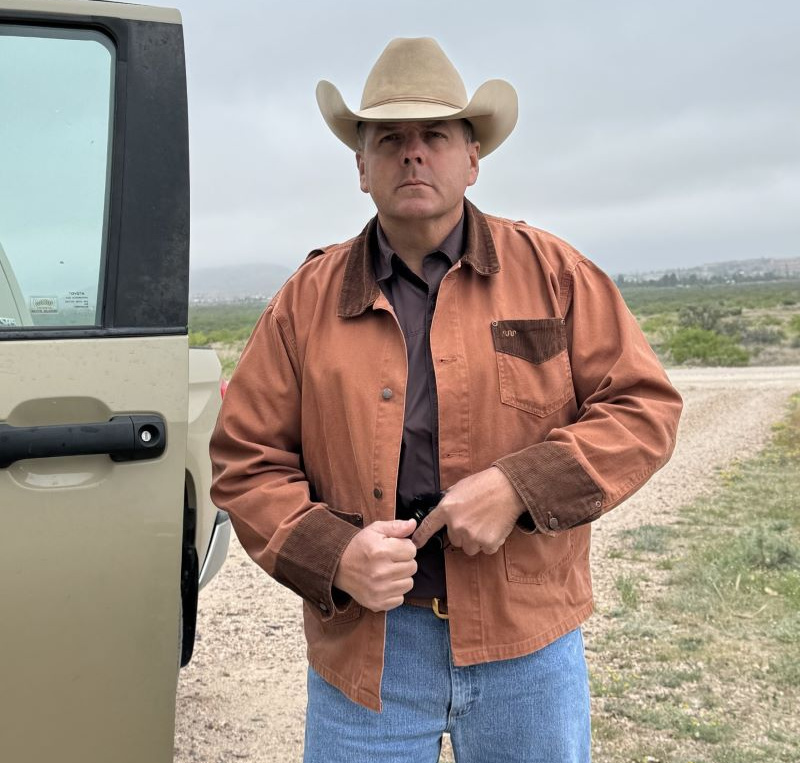
Proper and thorough training should be applied to any carry method. Cross-draw is no different and special attention must be paid as it is possible to point the muzzle at something(s) we are not willing to kill or destroy while drawing the gun and making the muzzle’s way in the direction of the target. (See #2 of Colonel Jeff Cooper’s Gunsite Firearms Safety Rules.)
As always, proper and thorough practice is the key here.
Cross draw in Cinema
Hollywood sometimes gets it right (sometimes not) in depictions of guns and leather gear worn by actors portraying cowboys, outlaws, and lawmen. I’ll be the first to admit that I am far behind many in movie or television watching, but I did just see all of the 1923 series with my wife. From what cinema I have watched of late, care is often taken to be period correct for firearms, holsters, and gun belts. Following in line with our theme of cross-draw holsters, Jacob Dutton wears a cross-draw in that series.
Another new mini-series on Deputy U.S. Marshall Bass Reeves is out. Publicity photos show the actor playing Reeves wearing his sixguns in cross-draws. A photo of the real lawman confirms him wearing his Colt in such a manner as well. I’ve not had time to see this series yet, but if it follows the actual exploits written about Reeves, it should be good.
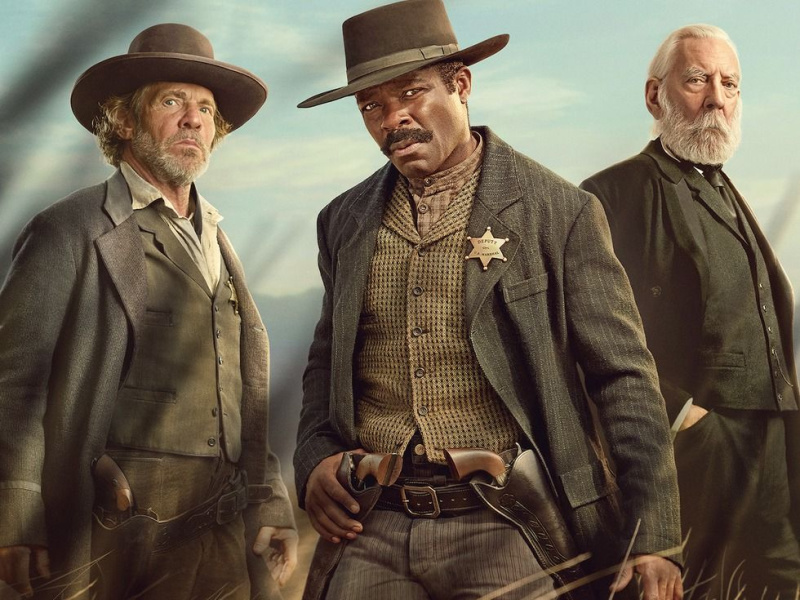
All Western buffs will remember Gus McCrae drawing his big Colt Walker from the cross-draw as well, and many other actors in Lonesome Dove wore their guns the same way. In the old TV series, Bat Masterson portrayed Bat wearing a neat, conservative cross-draw holster under his fancy suit coat.
Movies, TV, and social media are not the best places to learn gun handling, but when experts are brought in to advise the production or the actors are shooting enthusiasts, they can sometimes at least be informative. The ones mentioned here depict practical carry, in cross draw holsters.
Bianchi’s Cyclone in the Real World
The Bianchi Cyclone holster has the appropriate belt slots that allow it to be worn either as a traditional strong-sided holster or as a cross draw. My particular holster was ordered for a S&W Model 29 with an 8 and 3/8-inch barrel. This is a big, N-frame revolver that is not easily carried in just any belt holster.
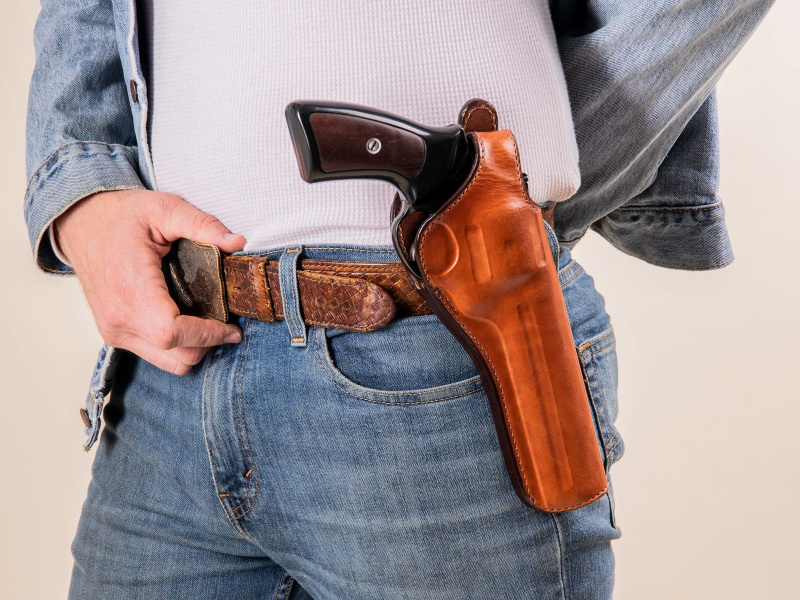
The holster is well made from heavy premium grade, full grain leather that is molded to precisely fit the revolver. A thick leather welt is sewn in between the adjoining pieces of leather, indicating savvy craftsmanship.
The holster is suede lined and has a thumb-break retention strap to hold the gun in place should things get “western” in any way. The Cyclone covers the revolver’s trigger guard, providing additional safety, as well as protection for the gun.
Some folks don’t like thumb-breaks. I have no issue with them having started my law enforcement career over two decades ago with a holster using the same style of retention. It’s all about what you practice with.
With experience, we certainly develop certain preferences and that’s fine. For me, there was no alternative as a trainee lawman, we had to use what was issued at the time. We had to learn to use the thumb break proficiently and did. The snap is easily released, or “broke,” by the gun-hand thumb when establishing a grip on the gun. Paired with a stout pants belt this holster makes carrying the big 44 effortless, especially in the cross draw method.
Weight distribution by use of a good holster attached to a proper gun belt is a must for a handgun to be worn comfortably, especially one with some heft. A rigid, thick pants belt is a must to comfortably wear a handgun.
The Bianchi Cyclone worn as a cross draw holster with my long-barreled M29 is a perfect candidate for field carry, especially when handgun hunting opportunities might arise. For handguns with shorter barrels, it’s a viable choice for personal defense carry as well.


